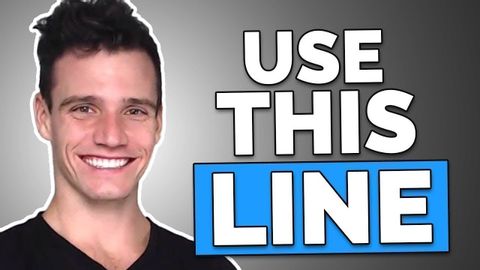
Subtitles & vocabulary
3 Easy Ways to Start A Conversation With Anyone
00
s41335 posted on 2018/08/04Save
Video vocabulary
stuff
US /stʌf/
・
UK /stʌf/
- Uncountable Noun
- Generic description for things, materials, objects
- Transitive Verb
- To push material inside something, with force
B1
More sort
US /sɔrt/
・
UK /sɔ:t/
- Transitive Verb
- To organize things by putting them into groups
- To deal with things in an organized way
- Noun
- Group or class of similar things or people
A1TOEIC
More stick
US /stɪk/
・
UK /stɪk/
- Verb (Transitive/Intransitive)
- To push a sharp or pointed object into something
- To join together using glue or paste
- Countable Noun
- Long thin piece of wood from a tree
A2
More mindset
US /ˈmaɪndset/
・
UK /ˈmaɪndset/
- Noun
- Way someone things about something
- A mental attitude that determines how a person will interpret and respond to situations.
A1
More Use Energy
Unlock All Vocabulary
Unlock pronunciation, explanations, and filters
